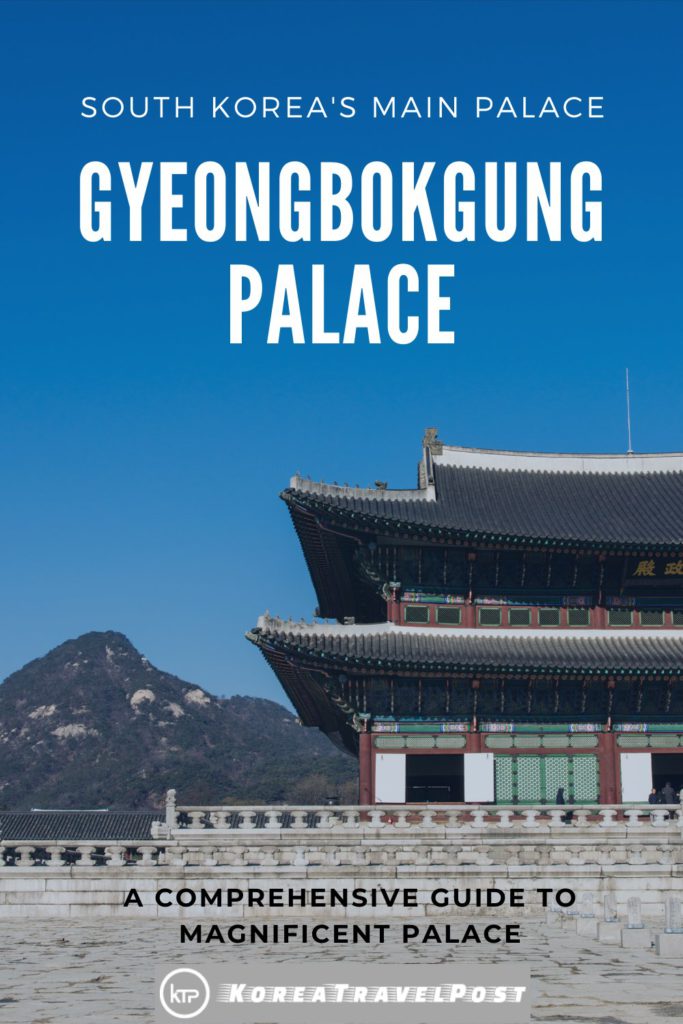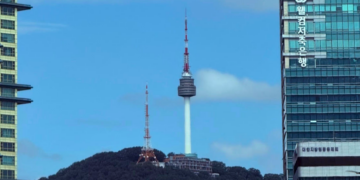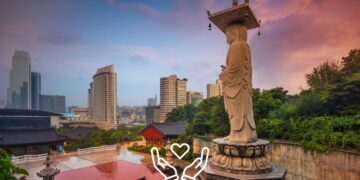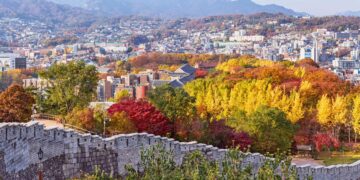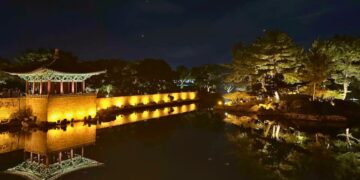Last Updated on 4 years by admin
If Germany is known for Neuschwanstein Castle and France for Versailles, South Korea is known for five grand palaces of Seoul. Gyeongbokgung Palace is the largest of them all and most central.
The Gyeongbokgung Palace is the “Northern” palace as it is the furthest north in comparison to the neighboring palaces of Changdeokgung and Gyeonghuigung Palace. It’s a representation of Korea’s national pride and long labor of love.
History of Gyeongbokgung Palace
Lee Seong-gye or the Taejo of Joseon commenced the development of the “Palace of Happiness” when he decided to settle the capital of South Korea in Seoul. Built-in 1395, Gyeongbokgung Palace also happens to be the biggest of the Five Grand Seoul Palaces. The Gyeongbokgung Palace represented the official change of capital from Gaeseong to Seoul.
Furthermore, the emperor lived there, and it also served as the government center. King Taejong decided to extend the palace during his leadership. His son, King Sejong the Great, did the same and even developed the Korean alphabet in the palace.
The palace lies in a favorable area with Bugaksan in the background and Namsan in front. Even the name of the palace means “Palace Greatly Blessed by Heaven.” Unfortunately, the Japanese destroyed the palace twice. The first occasion was during the Japanese invasion in 1952 and the second during the late 1800s while under occupation. The palace was targeted because of its sovereign status symbol. However, all of the palace buildings were later restored under the leadership of Prince Regent Heungseon Daewongun during the reign of King Gojong (1852-1919).
Korea’s government has been restoring the buildings that were destroyed by the Japanese invaders since the 1990s. The rebuilding of the palace started in 1990 and just ended in 2010. The Japanese Government-General headquarters were not taken down until min 1990s.
Magnificent Gyeongbokgung Palace
What makes the Gyeongbokgung palace interesting is that it offers a glimpse into the royal past of Korea. There are parts of Korean imperial culture that still exist like certain traditions, food, and even dress. But, the actual part of royalty ended in 1910 with Sunjong of Korea.
It is a part of Seoul that existed years before modernization, wi-fi, K-pop, and even “Gangnam Style.” As soon as you enter the premises, it’s like you’ve walked into a different world altogether. You can stroll around various courtyards and see different structures.
Hyangwonjeong Pavilion
There’s magnificent Hyangwonjeong Pavilion, a hexagonal structure built on the Hyangwonji Pond. You can spend an afternoon roaming and exploring different nooks and areas of the Gyeongbokgung Palace. Its a two-tier pavilion in the back garden of the Palace. The water in the pond comes from an underground water source and a spring coming down from the mountain at the back of the Palace. This water eventually flows into the Hyangwonji Pond where Gyeonghoeru Pavilion stands.
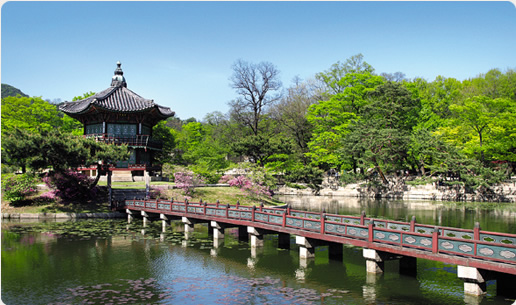
Gyeonghoeru Pavilion
The pavilion sits on a pond to the west of the living quarters of the Palace and was built as a venue for feasts for foreign envoys and for the king and his court officials.
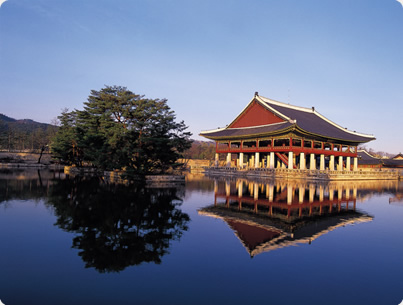
Palace Gates
As it is the main palace, you can see that the gates of Gyeongbokgung Palace are replicas of fortress gates. They have high stone foundations and arched entrances in the center unlike the gates in other Palaces that stand on low steps.
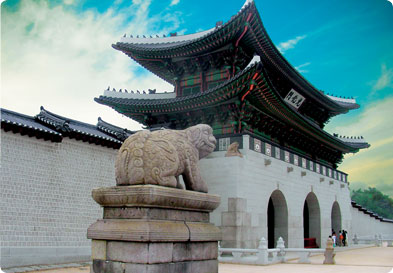
Gwanghwamun Gate
the main gate of the Palace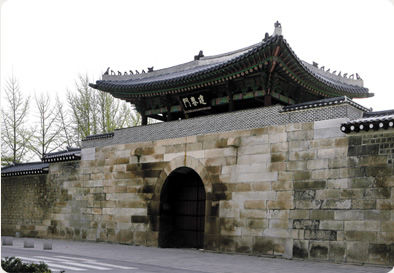
Geonchunmun Gate
the east gate of the Palace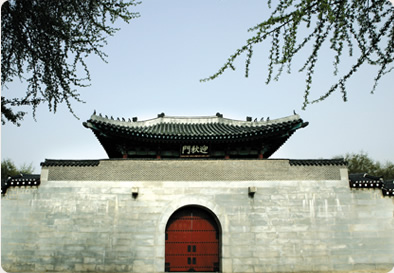
Yeongchumun Gate
the west gate of the Palace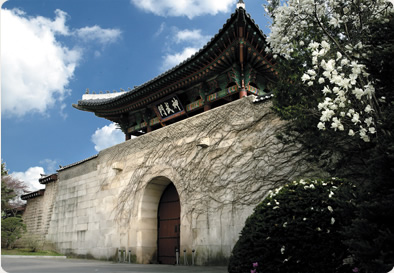
Sinmumun Gate
the north gate of the Palace
How to Reach Gyeongbokgung Palace
Depending on where you are, you can choose different public transportation options.
- Take Line 3 to Gyeongbokgung Palace Station, use Exit 5
- Take Line 5 to Gwanghwamun Station, Exit 2
After the exits, you just walk, and you’ll definitely see the Gwanghwamun gate. It’s very hard to miss.
More Information on Gyeongbokgung Palace
- Korean Name: 경복궁
- Opening Hours: Typically open until 5 or 6 pm and the entrance closes an hour beforehand
- Entrance Fee: 3,000 KRW (~$3) and it’s free on Korean holidays
- Official Website | Official Instagram
Have you been to Gyeongbokgung Palace? Are you looking forward to visiting it on your next visit? Let us know in the comments!
Love it?
Pin it and save it for later!
